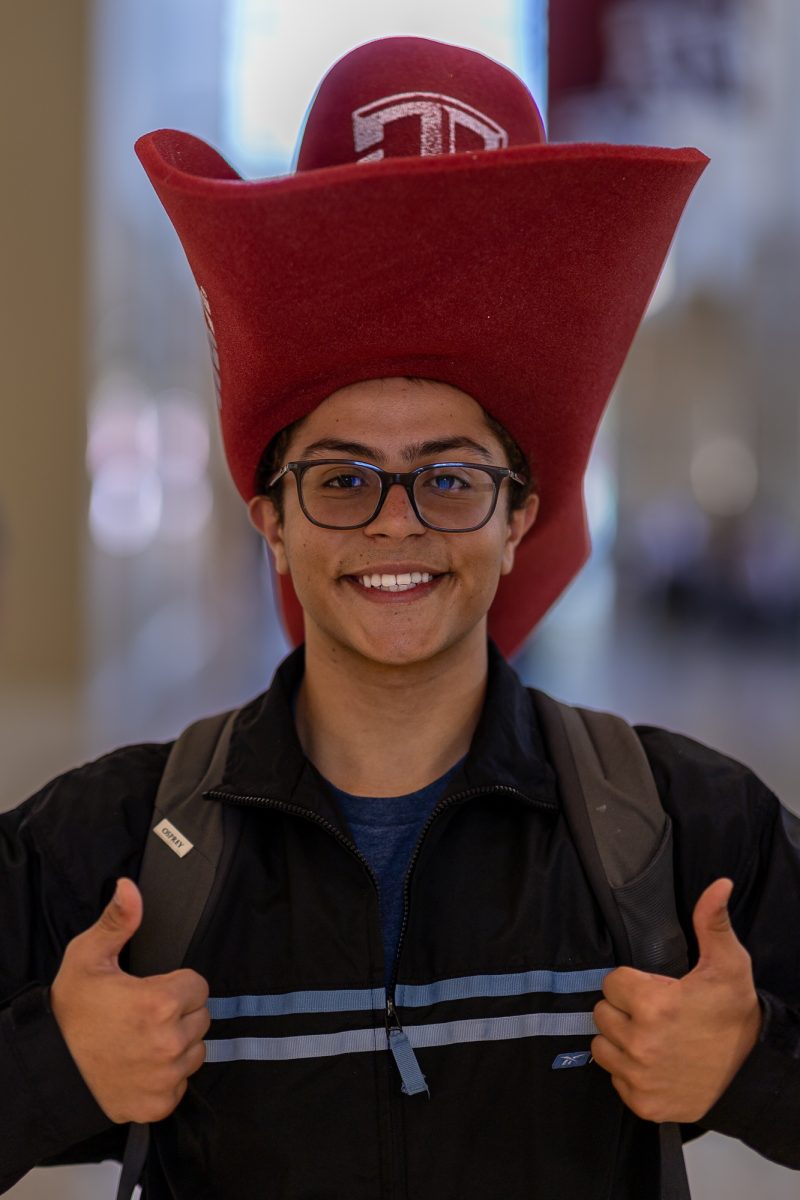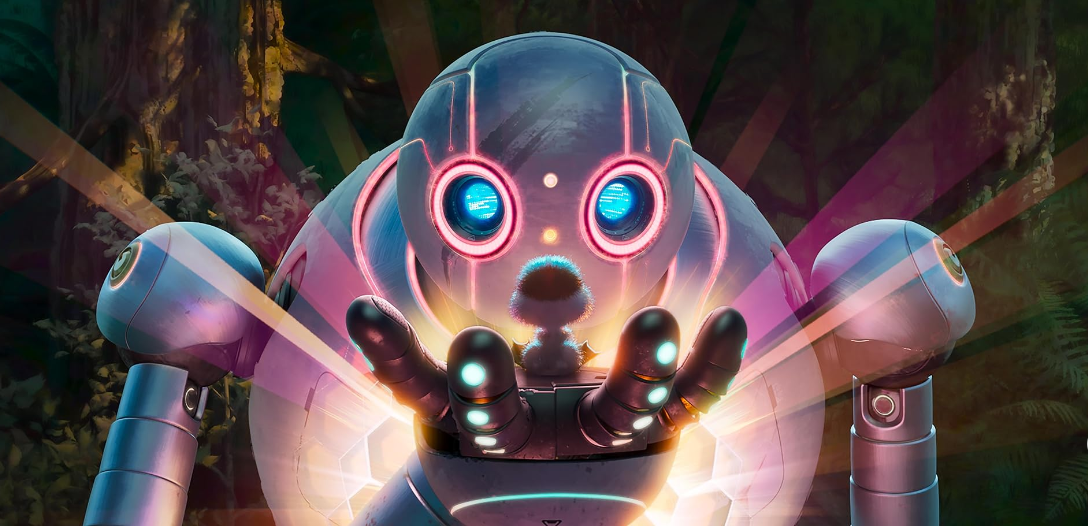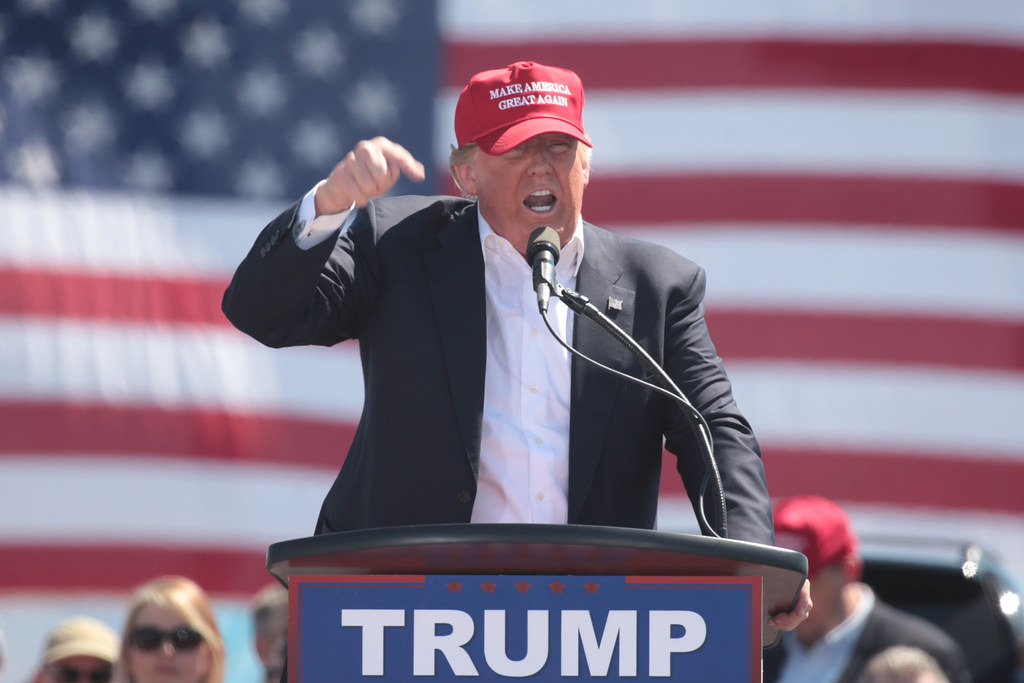In the first class of my first day as an aerospace engineering senior the professor walked to the front of the room, ripped the syllabus in half and told us we wouldn’t be studying propulsion systems after all — Elon Musk was bringing the Hyperloop concept to Texas A&M, and we’d either join together as a team to design a pod, or we’d politely leave the room.
It didn’t exactly go down that way — our professor ripped the syllabus with words of contempt rather than physical actions — but we were asked to “politely” leave the room several more times after botched designs. A few students did end up walking out to never come back. But months of sleepless nights, crashed computers and endless work later, our pod design will be presented in Kyle Field — the most insane technical chapter of my life will come to a close.
I first heard of the Hyperloop concept as an intern at NASA’s Johnson Space Center the summer before school. It was the best summer of my life — I built and ran simulations on concept Mars entry vehicles, I had finally reached my childhood dream of contributing to human spaceflight, and I was getting paid more money than I knew what to do with.
I had my first glimpse of how intoxicating engineering can be when you surround yourself with highly motivated, highly successful people who not only share a fantastic vision of the future, but have the talent and means to make it reality. Creating a Hyperloop team seemed a great way to continue this experience once the semester began.
The rational side of my brain cautioned however that I was spreading my time dangerously thin. Aerospace engineering isn’t exactly an easy major, and my area of study isn’t often heard of inside student newsrooms. I’d sit this one out, watch the Hyperloop competition from afar and maybe write some articles about it.
Life had other plans however. I knew I couldn’t back out of the opportunity to join a team when the only class that fit my academic-newsroom schedule transformed overnight into a Hyperloop design team. For better or worse, I was in.
There was plenty of “worse” — at least at first. Design after design failed, was tweaked, then failed again. It became apparent that conventional calculations wouldn’t give us the high-fidelity answers we wanted — lucky for us A&M has it’s very own supercomputer that can run the millions of processes we needed. Unluckily, we had to teach ourselves the dozens of technical things it takes to make a supercomputer understand what you want it to do. So we built simulations, refined our models, and ploughed through a million computer-hours.
The supercomputer crashed. A few very angry emails with the server managers and a new pod model later, we resumed simulations. Then the process repeated itself, again and again.
I would do it all again in a heartbeat — but with more sleep, less stress and a diet other than Mountain Dew and Taco Bell.
The worse got better though, and it is with immense satisfaction that I know several of my close friends and teammates will present the semester-long endeavor of our 30-student strong team before some of the brightest minds in the industry. I was just a small part of this team, and we all put far too much time into Elon Musk’s insanity.
But, if on a long shot everything does come together and my grandkids ride the Hyperloop from Texas A&M to my beachside house in Cabo San Lucas, Mexico, I will tell them the story of how I and a group of friends set out to change the world, and gained a little bit of wisdom with it.
John Rangel is an aerospace engineering senior and Science and Technology editor for the The Battalion.














